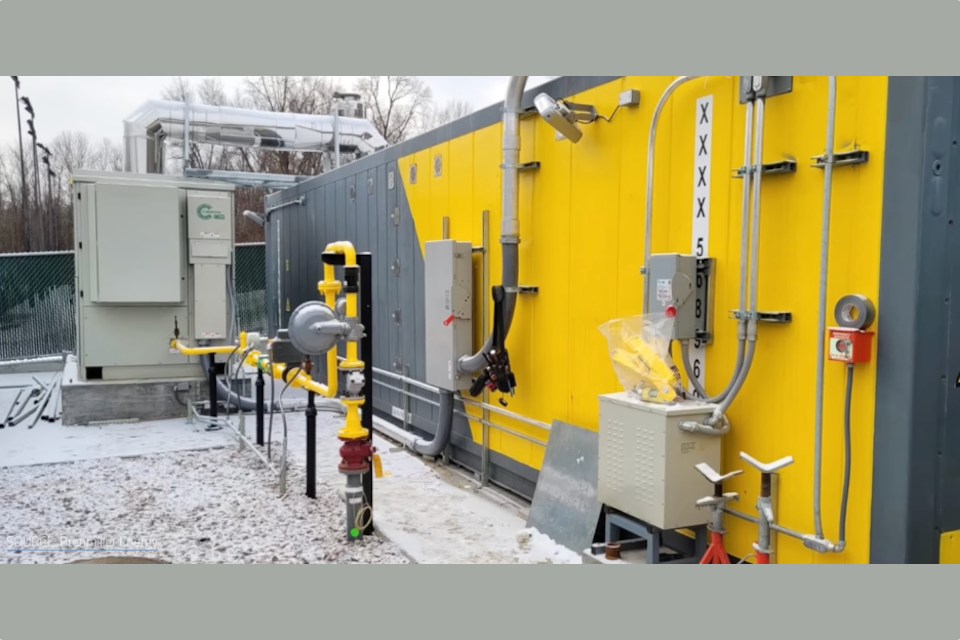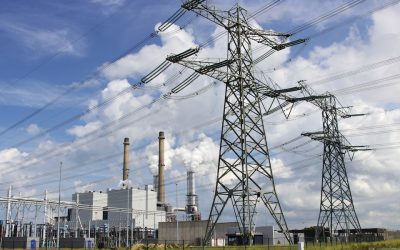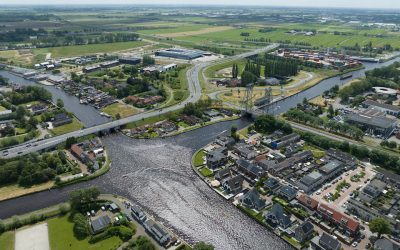Although seasonal storage is often mentioned, energy storage for a few weeks is often enough to survive longer periods without sun or wind, even during the winter. How can LDEO systems be characterized?
- Duration: from hours (batteries) to months (thermal storage, power to gas);
- Scale: from small-scale (support of devices) to large-scale (energy supply of regions);
- Efficiency: from very efficient (losses less than 5-10% as in batteries) to (losses more than 70%, as in power-to-chemicals .
Roughly speaking, longer duration is associated with larger-scale application and lower efficiency.
What are important LDEO systems?
Some important options are (from small scale and short term to large scale and long term):
Flow batteries – Batteries in which energy is stored in a tank of electrolyte solution and converted in a series of electrochemical cells. Capacity (kWh) and power (kW) can therefore be scaled independently. They have a long life, are safe and easy to recycle.
Thermal storage – sensible, by increasing the temperature (e.g. in a sand heat battery), or latent, by changing the phase (e.g. molten salt). Also seasonal heat storage with deep boreholes, ground loops or aquifers are forms of thermal storage.
Compressed air – energy storage by compressing excess air and storing it underground. It is a good way to store a lot of energy, but due to temperature changes during compression and expansion, the efficiency is lower.
Power to gas – electricity can split water into hydrogen and oxygen. The hydrogen can then be further converted into other energy carriers, such as methane, ammonia or methanol. Reverse conversion is required for utilisation, so efficiency is limited.
Towards objectives for LDEO
A combination of storage technologies can create a robust, flexible and CO2-free energy system. To accelerate the uptake of LDEO systems, ambitious targets are needed. This provides a framework to guide strong policy incentives and investments and to align government and market parties. Only in this way can this crucial piece of the puzzle in the energy transition be put in place.





